Name: Nagoya City Science Museum
Address: 2-17-1 Sakae, Naka-ku, Nagoya-shi, Aichi Prefecture
Hours: 9:30 AM – 5:00 PM
Closed: Every Monday (following weekday if Monday is a national holiday) / 3rd Friday (4th Friday if the 3rd Friday is a national holiday) / Year-end and New Year holidays (December 29 – January 3)
Admission Fee: Exhibition Rooms + Planetarium – Adults: ¥800 / University & High School Students: ¥500 / Junior High School & Younger: Free
※ Additional discounts available under certain conditions
Official Website: http://www.ncsm.city.nagoya.jp/
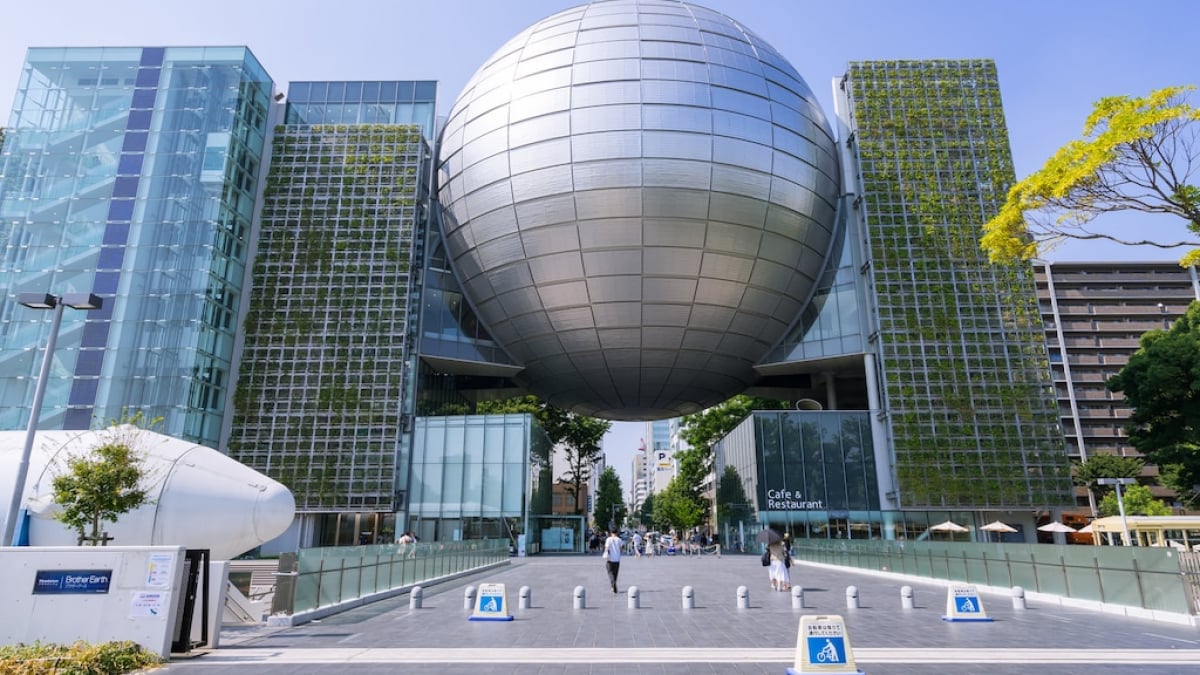
What Is the Identity of That Giant Sphere? Highlights of the Nagoya City Science Museum That Even Adults Will Love
As a popular "hands-on science museum," the Nagoya City Science Museum stands out for its massive sphere-shaped structure. Inside, it houses one of the world’s largest planetariums, officially recognized by Guinness World Records. Visitors can also enjoy various experiences in the museum’s three main labs and the Science & Technology Building. Here are the must-see highlights of the Nagoya City Science Museum that appeal to both children and adults!
table of contents
[x] close
What Is the Identity of That Giant Sphere? Highlights of the Nagoya City Science Museum That Even Adults Will Love
- 1. Be Captivated by One of the World’s Largest Planetariums
- 2. The Three Main Labs Offer Unique Experiences
- 3. Water Plaza: Like a Secret Base for Fun Exploration
- 4. Life Science Building: Deep Dive into the Wonders of Life
- 5. Learn About Energy and Principles in a Fun Way at the Science and Technology Building
- 6. A Giant Rocket at the Entrance!?
- ◎ Access Information
1. Be Captivated by One of the World’s Largest Planetariums
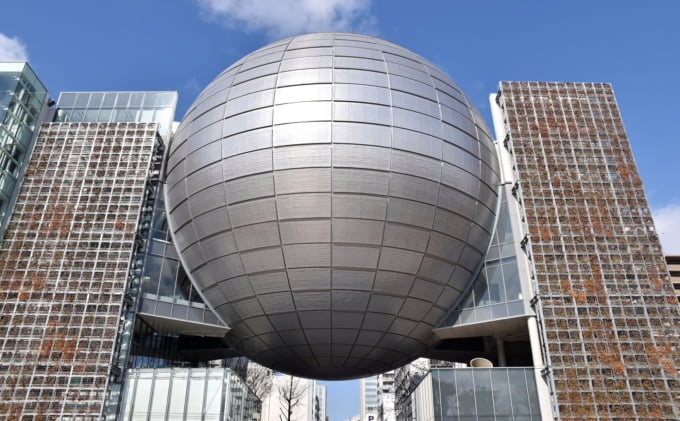
The biggest attraction of the Nagoya City Science Museum is undoubtedly its world-record-holding planetarium. That giant sphere you see from the outside? It’s the planetarium itself! The dome’s inner diameter measures an impressive 35 meters, earning its Guinness World Records title. While listening to live commentary from a museum curator, visitors can immerse themselves in a breathtakingly realistic starry sky.
Equipped with the latest optical planetarium system, the "Universarium IX," and the digital planetarium "Skymax DSII," it reproduces the positions and brightness of 9,100 stars visible to the naked eye, as well as lunar phases. The sound system uses a custom design that creates realistic effects—like hearing a river flow beneath your feet or sounds moving around you—making the experience incredibly immersive.
With programs for families and special nighttime shows for adults, the planetarium is enjoyable for all ages. Seats rotate 30 degrees to each side, making it easy to view the sky from any angle, and are fully reclining for a relaxed experience. All seats are reserved, so booking in advance is recommended.
2. The Three Main Labs Offer Unique Experiences
Among the museum’s many attractions, the "Three Main Labs"—Tornado Lab, Extreme Cold Lab, and Discharge Lab—are especially popular. These labs let visitors experience natural phenomena rarely encountered in daily life. Experiment times are fixed, so it’s best to check the schedule beforehand.
Tornado Lab
Press a button and witness an impressive tornado nearly 9 meters tall. By creating artificial updrafts and rotating air currents, the tornado becomes visible to the eye. While the button is always available, scheduled demonstrations include explanations of tornado formation and fun experiments with balloons.
Extreme Cold Lab
Here, you can experience a world at minus 30°C for five minutes. Visitors can see drift ice, watch videos of auroras and the midnight sun, and get a taste of Antarctic conditions. Free cold-weather gear is provided, but the cold is still intense enough to sting—perfect for those curious about polar climates.
Discharge Lab
This lab features two massive coils that generate spectacular electrical discharges. The 1.2-million-volt arcs stretch up to 4 meters, accompanied by deafening noise and blinding light—enough to impress even adults. A limited number of guests can also try static electricity experiments, like feeling a sharp zap or watching their hair stand on end.
3. Water Plaza: Like a Secret Base for Fun Exploration
The Water Plaza showcases the Earth’s water cycle. Using large-scale equipment, it demonstrates how clouds turn into rain, rain flows into rivers, and water eventually returns to clouds. Alongside educational exhibits, there are playful features like water guns and bubble-making stations for younger visitors.
The attraction also offers a "Light and Sound" show illustrating the water cycle in four stages—clouds, rain, rivers, and oceans—lasting about five minutes. You can watch from either the second or third floor. Another fun activity involves turning a wheel to fill a water tank, giving you the feeling of being a hamster on a wheel.
4. Life Science Building: Deep Dive into the Wonders of Life
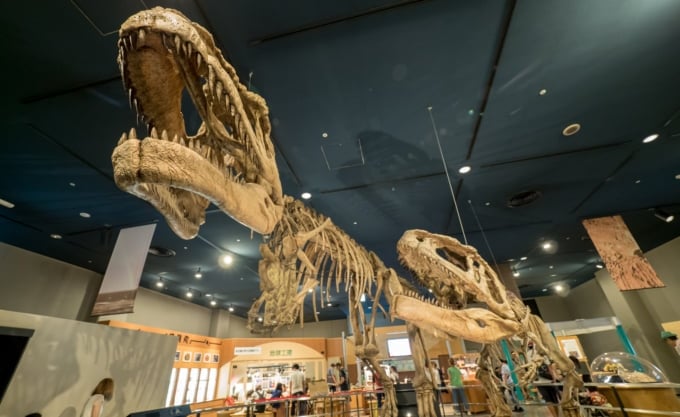
The Life Science Building covers a wide range of themes—from Earth’s environment and the human body to the mysteries of life. One of its main attractions is the full skeleton of the "Mapusaurus," one of the world’s largest carnivorous dinosaurs, stretching 13 meters long—a favorite among kids.
There’s also a 25-meter-tall human body model where visitors can enjoy a 3D puzzle of fitting organs and bones back in place, learning about human anatomy in the process. Exhibits on genetic engineering include Japan’s only living genetically modified medaka fish—a rare sight.
Other engaging displays explain phenomena like why sunsets and rainbows occur, and what kinds of rocks existed when Earth was formed. With so many interactive and educational elements, the Life Science Building makes learning about life’s mysteries both fun and fascinating, especially for families.
5. Learn About Energy and Principles in a Fun Way at the Science and Technology Building
In the Science and Technology Building, you can explore exhibits about the global environment, the Earth’s underground, energy, and more. The “Wonder Square” is a special area where you can learn about various mechanisms through hands-on experiences involving light, sound, water, and sensory perception. Popular attractions for children include the Train Operation Experience, Crane Operation Experience, and Go Go! Fire Truck. Through play, visitors can learn the science behind how things work.
On the rooftop, you can also view light from the Sun through a 194 cm-diameter giant solar image projected from a 30 cm-aperture solar telescope. While you must never look at sunlight directly through a telescope or binoculars, projecting it onto a screen allows for a rare and vivid view of the Sun. By experiencing various phenomena firsthand, you can gain a fun, scientific understanding of everyday events—making it enjoyable for both adults and children, no matter how many times they visit.
6. A Giant Rocket at the Entrance!?
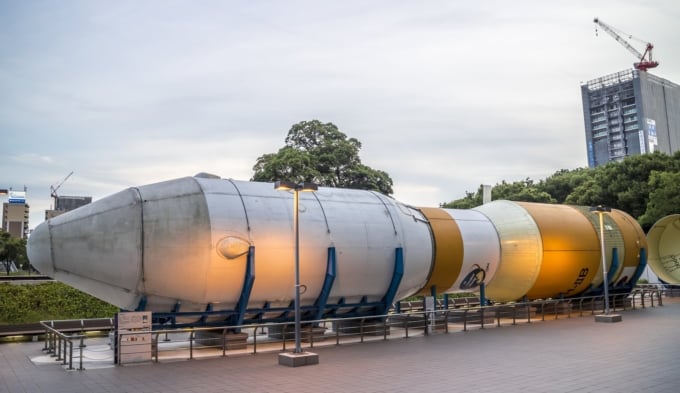
The Nagoya City Science Museum offers not only indoor but also outdoor attractions. The most popular is the giant rocket at the entrance! Seeing it up close is truly impressive. This is a Japanese H-IIB rocket, a test model with most of its structure identical to the real thing. Exhibiting a rocket with actual components is extremely rare.
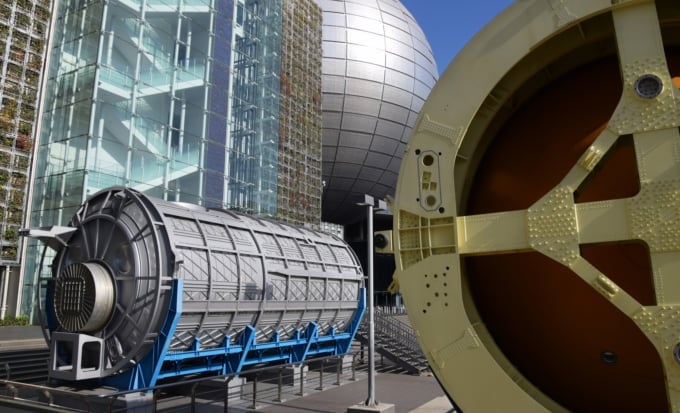
Right next to the H-IIB rocket is a structural test model of Japan’s Kibo experiment module from the International Space Station. It is said to be one of the largest exhibits of its kind in the world, making it a must-see when you visit the museum.
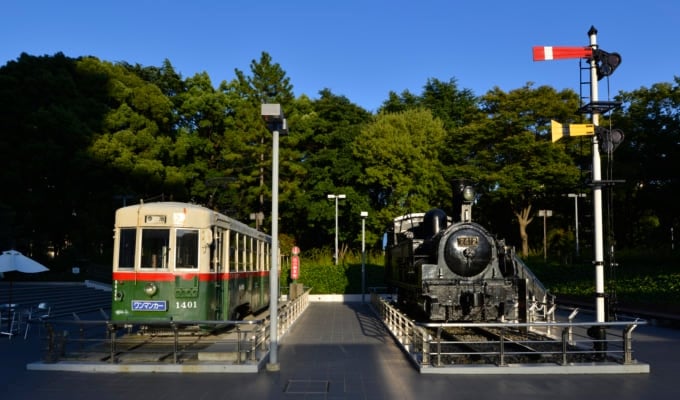
In addition, the outdoor area features a variety of unique and rare displays such as a B6-type steam locomotive, a Type 1400 city tram bogie car, a Francis water turbine, a Newton’s apple tree, and a wind power generator. Since these are not things you see every day, it’s worth exploring the outdoor exhibits as well as the indoor ones.
◎ Access Information
The Nagoya City Science Museum is located in the bustling Sakae district, one of Nagoya’s main downtown areas. Sakae is close to Nagoya Station, making it very convenient to access.
By train, get off at Fushimi Station on the Higashiyama or Tsurumai subway lines. It’s about a 5-minute walk from Exit 4 or Exit 5. You can also access it by bus— the nearest stops are Meitetsu Bus “Shirakawa Koen-mae” and City Bus “Hirokoji Fushimi,” both about a 5-minute walk away.
Shirakawa Park, where the museum is located, is also home to the Nagoya City Art Museum. Discounted combination tickets are available, so you may want to visit both attractions.
RELATED ARTICLES
REGIONS
CATEGORIES
FEATURED ON Aichi
-

【Aichi Prefecture】5 recommended sightseeing spots in Ichinomiya City | Impressively rich in history, parks, and art!
-
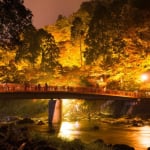
These Are the Breathtaking Views in Aichi You’ll Want to Show Off! 7 Recommended Tourist Spots
-

Feel the history of Chiryu City: 7 relaxing sightseeing spots to explore
-
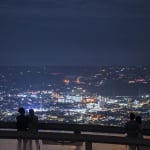
【Aichi Prefecture】 Zaozan Observation Deck | A Breathtaking Day & Nightscapes Viewing Spot with a Glimpse of Mt. Fuji
-

6 Recommended Experiential Spots in Aichi Prefecture! Fully Satisfying Even on a Day Trip♪
MOST POPULAR ON Aichi
-
 1
1Doha: Must-see Attractions in the Capital of Qatar
-
 2
2Toronto: 10 Things to do in this Picturesque Canadian City
-
 3
3Amarillo: A City Famous for It’s Amazing Canyons, Great History and Music
-
 4
4South Korea: Dazzling Scenery, Rich Culture and Fascinating History
-
 5
5Kuwait: A Country in Middle East Asia Famous for Hot Sand Dunes and Stunning Cityscape





